What Happens If You Paint Treated Wood Too Soon?
Learn how to paint treated wood, what can happen if you do it too soon, and how you can tell that your wood is dry enough to apply paint to it.
Any renovation projects require not only the necessary tools and some skills, at least the very basic ones, to cope with the task successfully. When you work with different kinds of surfaces, and with treated wood in particular, it is essential to be aware of their specifics!
Like that, you will not mess up with your project for sure.
In terms of all that was said above, there is probably no need to say that quite many homeowners want to know more about painting pressure treated wood too soon and the possible consequences.
So today we are going to tell you more about it.
From this article, you will learn what might happen if you apply paint to the treated wood while it is still way too wet.
Also, we will explain what treated wood is in fact so that you could better understand the difference between it and, let’s say, regular timber.
In addition, we will share a few handy life hacks with you on how to define whether or not your treated wood is dry enough for being ready for painting.
Table of Contents
What If I Paint Treated Wood Too Soon?
This is probably one of the most frequent questions that people ask when they decide to apply paint onto a surface made of treated wood. And in addition, folks are often unsure whether treated wood can be painted at all.
So first of all, let us assure you: yes, you can absolutely paint treated wood with no hesitation!
This material accepts paint very well, no worse than regular wood, for instance. However, there is a nuance that everyone should keep in mind.
The nuance is that you should not paint treated wood too soon after it has been purchased. Don’t rush, we are going to explain everything right now!
As you probably know, treated wood is shipped while still “wet”. This type of wood contains liquid chemical preservatives that are still present in the lumber. Those chemicals are causing it to feel extremely heavy, and also damp to the touch as if it is literally wet.
But if you paint treated wood while it is still in this “wet” condition, the coat of primer or paint you apply will most likely be rejected! The layer of paint or primer will start peeling off or warping, and they will not dry properly.
The reason is in the water-borne chemicals that are slowly bleeding their way out of the lumber!
So, is there any way you could avoid this scenario? In fact, there is! And it is pretty obvious and simple. Just give your treated wood enough time to dry.
This material needs a proper amount of time to dry out slowly. This is a process that will happen naturally as the liquid chemical preservative works its way back to the surface of the wood.
So we would not recommend you try to speed the process up somehow.
All right, you may say, but how quickly is this all going to happen? Well, it depends… There are quite many factors that can cause treated wood to dry quicker or slower.
For example, if you expose it to heat and sunlight, it will make treated wood dry quite rapidly (but, this can also cause unexpected warp!)
Damp and dark conditions, on the contrary, will contribute to treated wood staying wet for a longer period of time.
Generally speaking, treated wood will dry out naturally in about two or three weeks. Sometimes, pieces of treated wood will even lie on the lumberyard racks long enough to begin drying out on their own!

Related: How Long to Let Wood Dry Before Painting?
How Do I Know If My Treated Wood Is Ready to Paint?
Naturally, if painting treated wood too soon while it is still freshly filled with chemicals may lead to such unwanted effects, people want to know how to figure out whether or not their treated wood is ready for the painting procedure.
Well, there is a general rule of thumb: pressure-treated wood should be painted only after it is clean and fully dry. See, during the pressure-treating of the lumber, water is used in order to make chemicals penetrate deep into the fibers of the wood.
As a result, the wood becomes extremely wet when it comes out of the treatment chamber.
Depending on the thickness of the wood and the type of treatment it went through, it can take several months for the material to become dry enough for painting!
Here we want to introduce you several factors that may affect the dryness of the treated wood:
- When it was treated
- Where it is stored
- The thickness of the wood
- Whether the wood was kiln-dried.
Typically, a quick test will let you know whether your treated wood is ready to paint already or not. All you need to do is to simply dab a few drops of water onto your treated wood surface. And then just see what will happen next.
In case you notice that the water soaks into the pores of the wood surface, it means that the treated wood is dry enough and you can start applying paint. However, if you see that the water makes beads on the wood surface, it is still better to wait a little longer.
Also, there is another noticeable sign of dryness. Usually, dry treated lumber will take on a light yellow-brown color. Wet treated wood, on the other hand, will be noticeably green and dark.
With these life hacks, you will be able to figure out whether your treated wood is dry enough or not.
Like that, you will surely not miss the point when it should be painted.
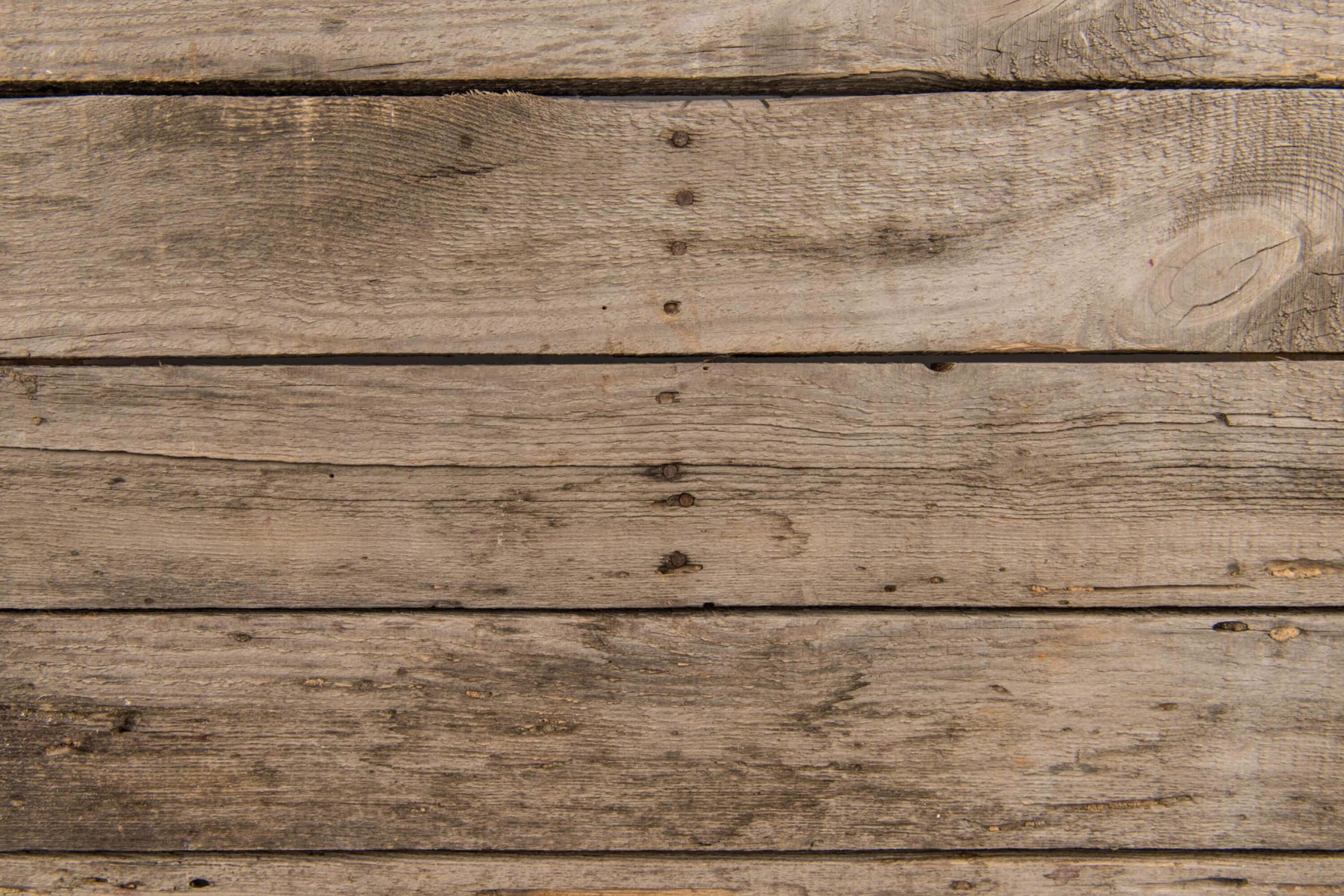
AntonMatyukha via crello
Related: How to Get Acrylic Paint Off Wood?
Factors That Affect the Dryness Of Treated Wood
You already know that there are certain factors that influence the level of dryness of the treated wood. Below, we would like to list those factors to you so that you could better understand what we mean.
Pressure Treated Wood Time Since Treatment
If you can, we would recommend you ask the manager at your lumber yard how recently the pressure-treated wood you are going to buy arrived at the store.
This information may give you at least a general idea if the wood has had enough time to dry.
Unfortunately, treated lumber is often stacked in tight bundles at the hardware store.
This way of storage is not leading to equal dry times, as you can understand.
As a result, you may find some boards that are drier than others.

MicEnin via crello
Consider Where Pressure Treated Wood is Stored
If pressure-treated wood is kept in a cool and dark place, it will obviously require much more time to dry.
But in this case and under this type of storage conditions, the pressure-treated wood can still be affected by mildew!
On the other hand, it will still resist rot and insects.
However, nobody forbids you to store your treated wood in a dry, warm place, right?
Of course, that’s right. But please note that, while this will surely help your lumber dry faster, it can also create problems. When pressure-treated lumber is exposed to high heat for quite a long time, there is a greater chance of the wood becoming warped!
So when you are assessing your treated lumber for painting, you should always consider where it was stored.
Related: DIY Wood Furniture Refinishing: What You Need to Know?
Consider the Thickness of Treated Lumber Affecting Dry Time
If you are familiar with treated lumber, then you most likely know that almost any type of lumber can be pressure treated. Sheets of plywood or fencing will be thinner than a two-by-six.
As a result, you can expect the thinner treated lumber to be ready for painting before the thicker lumber.
Now you know what factors may influence the level of dryness of your treated wood. Like this, you will be able to adjust the storage room and conditions so that your wood is kept in its best state.
All right, so we have already told you quite a lot of things. By now, you have learned what may happen if you paint your treated wood way too soon while it is still wet.
Also, we told you how to define whether or not the wood is dry enough for being painted.
Finally, you know what factors you should take into consideration to make sure that the wood you are going to buy is properly dried.
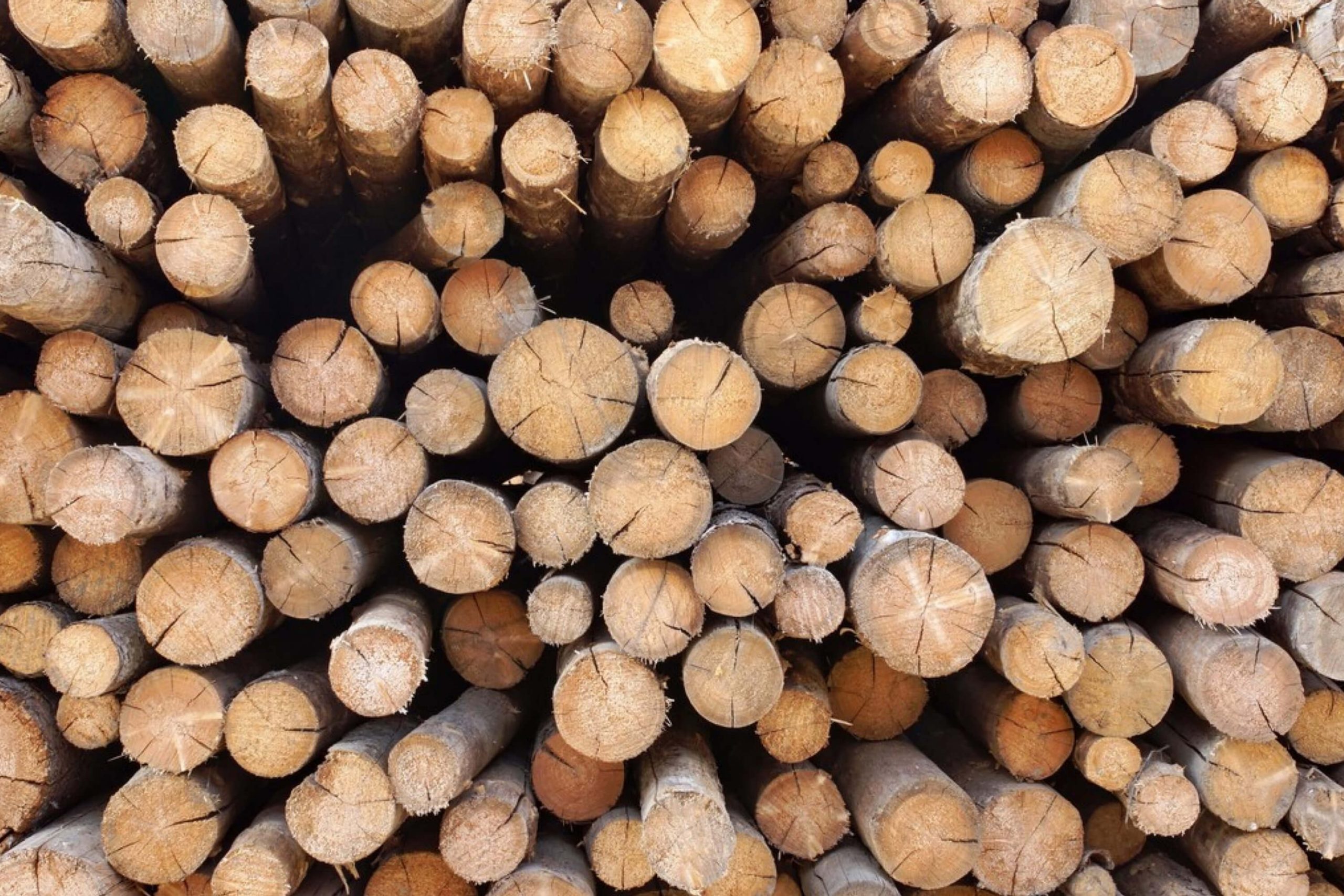
aruba2000 via crello
What Is Treated Wood?
Now you probably wonder: what is that treated wood at all? Well, if you have never worked with this sort of material, this is a reasonable question!
Treated wood is a term that is used in order to describe wood that has been through a chemical preservative process. Quite many people think that treated wood is some kind of special lumber.
But typically, treated wood is often the very same type (or species) of untreated lumber that is widely available wherever you are purchasing it!
Treated wood is a result of a process when the lumber is filled with a waterborne chemical preservative in a pressurized cylinder.
This preservative penetrates deep into the structure of the wood and its cells, leaving behind a chemical residue.
This residue is exactly what prevents fungi from infesting the material.
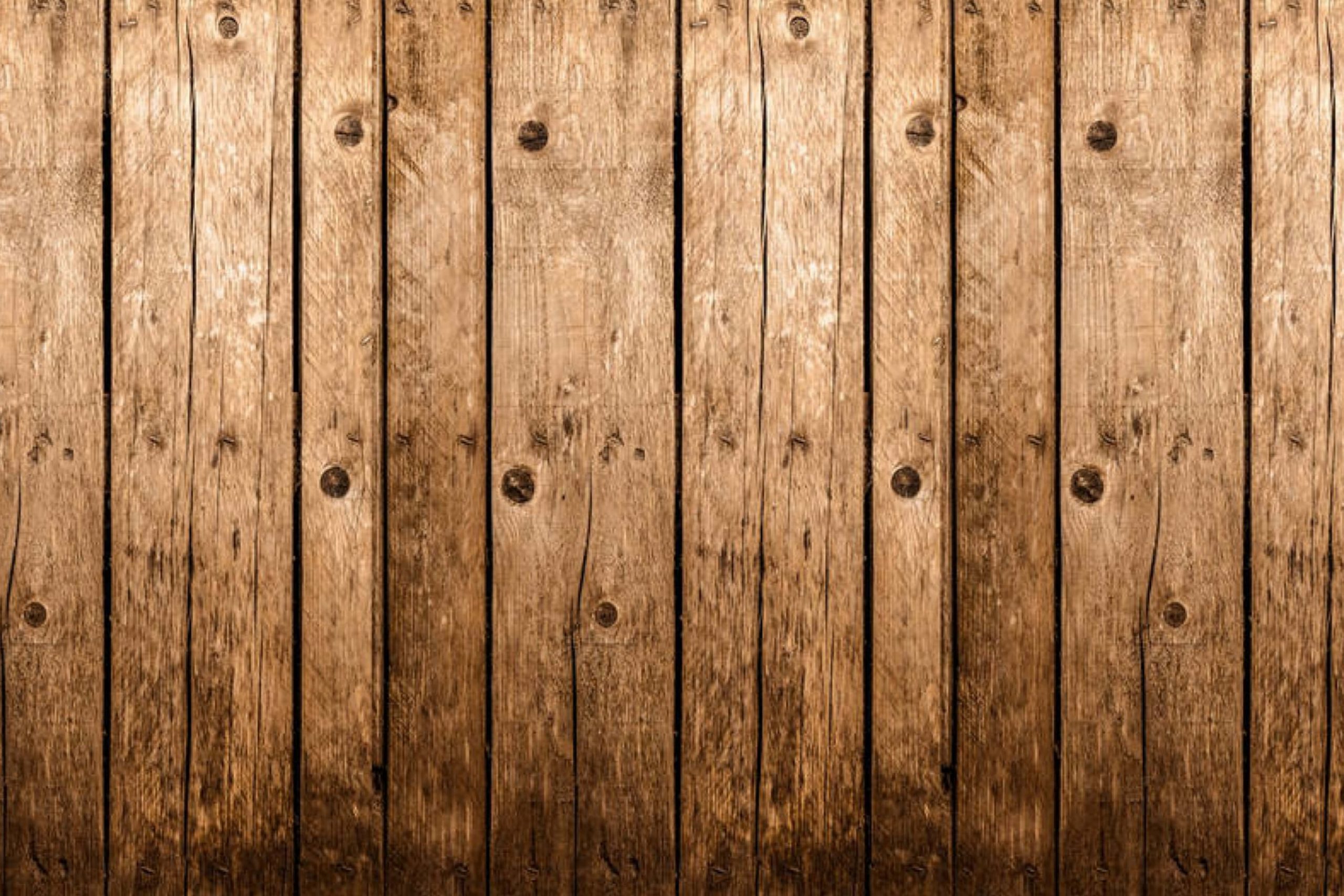
gdolgikh via crello
How to Apply Paint Onto the Treated Wood?
It is not enough to know what treated wood is, how it is made, or how to know when it is fully dry to paint it (even though the last one is a really important thing to know!).
To be able to paint your treated wood correctly, you need to know how exactly paint should be applied step by step.
This is why we are going to explain in detail how paint should be applied onto this type of wood and what tools you will need in order to undergo this procedure successfully.
So first of all, make sure that you have all the necessary tools ready in advance. Like this, you will not have to distract yourself during the painting process if you suddenly need a brush or a paper towel to wipe the paint splatter.
The overall painting procedure scheme is pretty simple:
- Clean the pressure treated wood
- Let it dry
- Apply primer
- Apply an initial coat of paint
- Finish with applying the top coat of paint
And now let’s take a closer look at each of these steps.
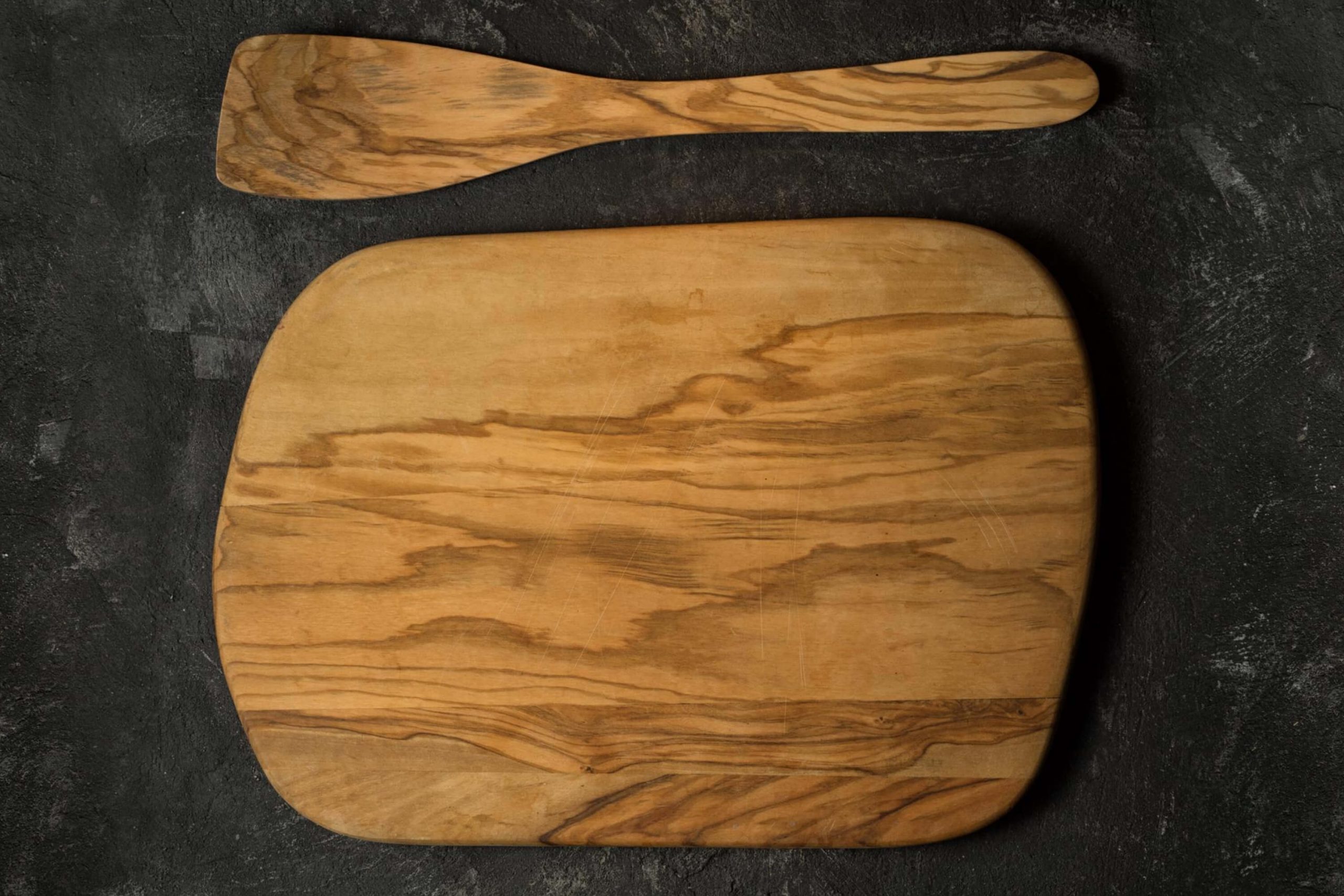
Elf+11 via crello
Clean the Wood
This is the very first step that should be taken. Learn it by heart as a rule of thumb: before painting pressure-treated wood, it is a must to clean it! There must be no grease or grime or dust on the surface.
For cleaning, use a stiff-bristled brush and soapy water. Once you clean the entire surface, rinse it off to remove the possible residue and allow it to dry thoroughly.
Let the Wood Dry
You need to always keep it in mind when working with the treated wood: if it is still wet, the paint will not attach to the surface, or it may peel off fast after the application. So in order to not waste paint, your time and money, let your wood dry properly.
Luckily, it is pretty easy to check whether or not your wood has dried as it should! Once the wood feels dry to the touch, sprinkle a bit of water on it.
If you see that the water soaks in, then you can apply paint on it. But if the water beads up, you should wait a bit more.
Apply Primer
At this step, we would suggest you opt for primers that are designed for exterior use.
Also, you need to make sure that the coating you choose is listed as suitable for being used on pressure-treated wood.
Also, you need to take into consideration that, while priming and painting pressure-treated wood may be easier with a paint sprayer, opting for a brush is a must if the job requires detailed work!

Apply Paint
At last, we have reached the final step of the painting process! After you primed the treated wood, and after you allowed the surface to dry for a sufficient period of time (which usually takes no more than a full day), you can move on to applying top coats of paint.
At this step, we would recommend you do two for better effect. Also, avoid using oil-based paint on this type of surface. On pressure-treated wood, latex performs much better.
We also find it necessary to remind you that, if you are going to paint the treated wood that is located outdoors, you need to consider that the finish will be subject to the elements there all the time!
In addition, it is worth reminding that paint lasts longer on vertical surfaces (for example, on fences and walls) than it does on horizontal ones like decks.
So if you don’t like the idea of repainting every two or three years, you should consider staining the treated wood instead. Another option is to allow the wood to weather and become gray, and then coat it with a protective sealant.
So, now you have all the information needed for being able to paint your treated wood surface correctly according to all the requirements.
Yes, painting treated wood is a bit tricky and bothersome, we agree, but if you take all the tips and life hacks we gave you today into consideration, you can be sure that your treated wood surface will be painted as if it was done by a professional!
Ever wished paint sampling was as easy as sticking a sticker? Guess what? Now it is! Discover Samplize's unique Peel & Stick samples. Get started now and say goodbye to the old messy way!
Get paint samples




Frequently Asked Questions
⭐How to test whether treated wood is dry?
You can use either a feel test or a water test. Usually, if the wood feels dry to the touch, this is what it is in fact.
⭐Can I buy treated wood that’s already painted?
No, there are no pre-painted options unfortunately. You will have to apply paint yourself.
⭐What paint works best on treated wood?
If you need to paint treated wood, latex paint is the best choice.
8 thoughts on “What Happens If You Paint Treated Wood Too Soon?”
Leave a Reply

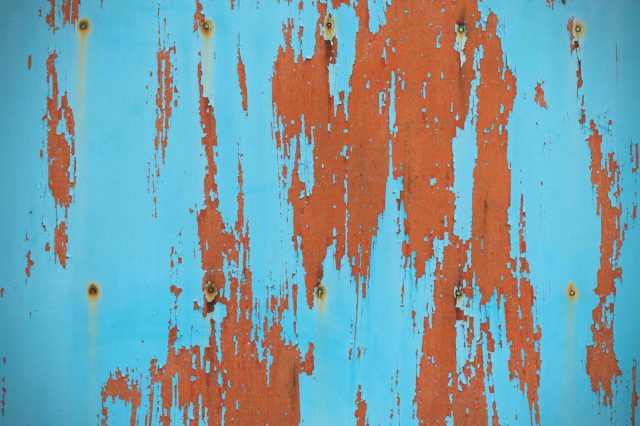


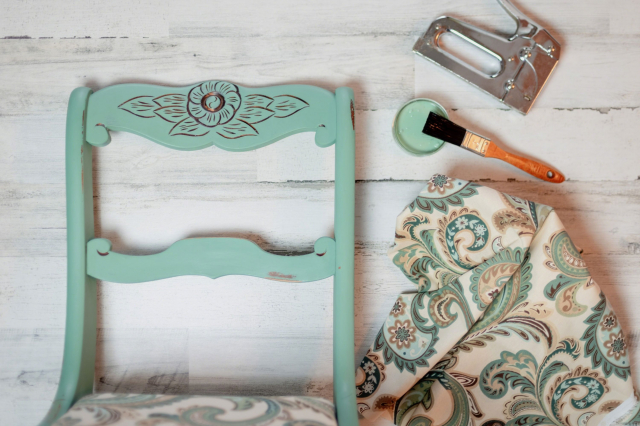
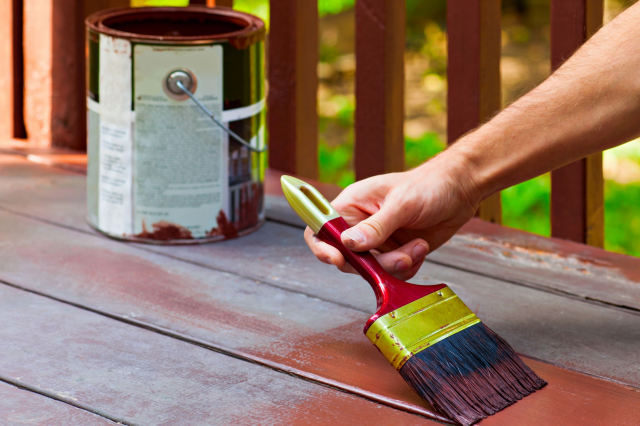


Hi everyone! Look, I’m a bit confused with all the information regarding painting treated wood. Could you please help me out? Can you paint freshly treated wood?
Hello! Yes, pressure-treated wood can be painted. But before painting, the wood must be dry both from the outside (surface) and internally. If it’s not fully dry, you will have problems with paint application and adherence.
Do you guys know what happens if you paint new treated wood? Can it somehow affect the drying process?
If you paint treated lumber before it’s dry, you can cause the non-painted side to dry faster. And when one side of treated lumber dries faster than the other, warping happens. You’d better wait until the wood is dry, otherwise, you’ll end up with warped wood and peeling paint!
My question may seem silly to you, perhaps, but anyway: is treated wood any special sort of lumber? Or is it a regular wood?
There’s nothing silly about your question. One can’t know everything! Treated wood is no special kind of wood. It is a regular type of lumber that’s chemically treated. That’s it.
Hi! I need your help folks. See, I have bought some treated wood for my home renovation project but I think it’s still a bit too damp. The water test and the touch test seem fine but I’m still hesitant. Are there any other methods to check that?
Hey there. You can try a digital method. That’s going to be the most exact one! You will need a digital moisture meter for that. As far as I know, that device has two prongs you press into the wood, testing the moisture content. But be sure that it’s properly calibrated before you use it!